Stochastic Structural Dynamics: Application of Finite Element Methods
Original price was: ₹11,637.90.₹9,310.32Current price is: ₹9,310.32.
ISBN: 9781118342350
Author/Editor: Cho W.S.To
Publisher: John Wiley
Year: 2014
1 in stock (can be backordered)
Description
One of the first books to provide in-depth and systematic application of finite element methods to the field of stochastic structural dynamics The parallel developments of the Finite Element Methods in the 1950 s and the engineering applications of stochastic processes in the 1940 s provided a combined numerical analysis tool for the studies of dynamics of structures and structural systems under random loadings. In the open literature, there are books on statistical dynamics of structures and books on structural dynamics with chapters dealing with random response analysis. However, a systematic treatment of stochastic structural dynamics applying the finite element methods seems to be lacking. Aimed at advanced and specialist levels, the author presents and illustrates analytical and direct integration methods for analyzing the statistics of the response of structures to stochastic loads. The analysis methods are based on structural models represented via the Finite Element Method. In addition to linear problems the text also addresses nonlinear problems and non-stationary random excitation with systems having large spatially stochastic property variations.
* A systematic treatment of stochastic structural dynamics applying the finite element methods * Highly illustrated throughout and aimed at advanced and specialist levels, it focuses on computational aspects instead of theory * Emphasizes results mainly in the time domain with limited contents in the time-frequency domain * Presents and illustrates direction integration methods for analyzing the statistics of the response of linear and nonlinear structures to stochastic loads Under Author Information – one change of word to existing text: He is a Fellow of the American Society of Mechanical Engineers (ASME)…
Additional information
| Weight | 0.758 kg |
|---|
Product Properties
| Year of Publication | 2014 |
|---|---|
| Table of Contents | Dedication xi Preface xiii Acknowledgements xv 1. Introduction 1 1.1 Displacement Formulation Based Finite Element Method 2 1.2 Element Equations of Motion for Temporally and Spatially Stochastic Systems 13 1.3 Hybrid Stress Based Element Equations of Motion 14 1.4 Incremental Variational Principle and Mixed Formulation Based Nonlinear Element Matrices 18 1.5 Constitutive Relations and Updating of Configurations and Stresses 36 1.6 Concluding Remarks 48 References 49 2. Spectral Analysis and Response Statistics of Linear Structural Systems 53 2.1 Spectral Analysis 53 2.2 Evolutionary Spectral Analysis 56 2.3 Evolutionary Spectra of Engineering Structures 60 2.4 Modal Analysis and Time-Dependent Response Statistics 76 2.5 Response Statistics of Engineering Structures 79 References 94 3. Direct Integration Methods for Linear Structural Systems 97 3.1 Stochastic Central Difference Method 97 3.2 Stochastic Central Difference Method with Time Co-ordinate Transformation 100 3.3 Applications 102 3.4 Extended Stochastic Central Difference Method and Narrow-band Force Vector 114 3.5 Stochastic Newmark Family of Algorithms 122 References 128 4. Modal Analysis and Response Statistics of Quasi-linear Structural Systems 131 4.1 Modal Analysis of Temporally Stochastic Quasi-linear Systems 131 4.2 Response Analysis Based on Melosh-Zienkiewicz-Cheung Bending Plate Finite Element 141 4.3 Response Analysis Based on High Precision Triangular Plate Finite Element 156 4.4 Concluding Remarks 166 References 166 5. Direct Integration Methods for Response Statistics of Quasi-linear Structural Systems 169 5.1 Stochastic Central Difference Method for Quasi-linear Structural Systems 169 5.2 Recursive Covariance Matrix of Displacements of Cantilever Pipe Containing Turbulent Fluid 174 5.3 Quasi-linear Systems under Narrow-band Random Excitations 184 5.4 Concluding Remarks 188 References 190 6. Direct Integration Methods for Temporally Stochastic Nonlinear Structural Systems 191 6.1 Statistical Linearization Techniques 191 6.2 Symplectic Algorithms of Newmark Family of Integration Schemes 194 6.3 Stochastic Central Difference Method with Time Co-ordinate Transformation and Adaptive Time Schemes 199 6.4 Outline of steps in computer program 211 6.5 Large Deformations of Plate and Shell Structures 213 6.6 Concluding Remarks 224 References 226 7. Direct Integration Methods for Temporally and Spatially Stochastic Nonlinear Structural Systems 231 7.1 Perturbation Approximation Techniques and Stochastic Finite Element Methods 232 7.2 Stochastic Central Difference Methods for Temporally and Spatially Stochastic Nonlinear Systems 241 7.3 Finite Deformations of Spherical Shells with Large Spatially Stochastic Parameters 251 7.4 Closing Remarks 255 References 257 Appendices 1A Mass and Stiffness Matrices of Higher Order Tapered Beam Element 261 1B Consistent Stiffness Matrix of Lower Order Triangular Shell Element 267 1B.1 Inverse of Element Generalized Stiffness Matrix 267 1B.2 Element Leverage Matrices 268 1B.3 Element Component Stiffness Matrix Associated with Torsion 271 References 276 1C Consistent Mass Matrix of Lower Order Triangular Shell Element 277 Reference 280 2A Eigenvalue Solution 281 References 282 2B Derivation of Evolutionary Spectral Densities and Variances of Displacements 283 2B.1 Evolutionary Spectral Densities Due to Exponentially Decaying Random Excitations 283 2B.2 Evolutionary Spectral Densities Due to Uniformly Modulated Random Excitations 286 2B.3 Variances of Displacements 288 References 297 2C Time-dependent Covariances of Displacements 299 2D Covariances of Displacements and Velocities 311 2E Time-dependent Covariances of Velocities 317 2F Cylindrical Shell Element Matrices 323 3A Deterministic Newmark Family of Algorithms 327 Reference 331 Index 333 |
| Author | Cho W.S.To |
| ISBN/ISSN | 9781118342350 |
| Binding | Hardback |
| Edition | 1 |
| Publisher | John Wiley |
You must be logged in to post a review.

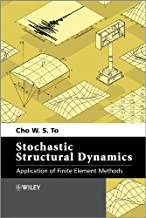
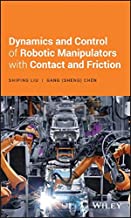
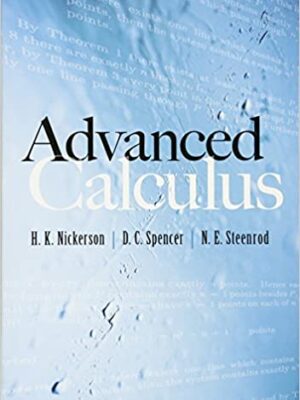
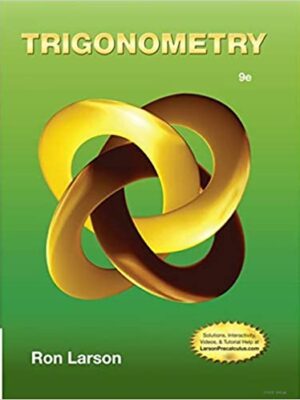
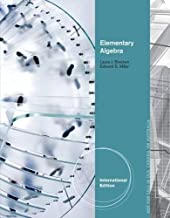
Reviews
There are no reviews yet.